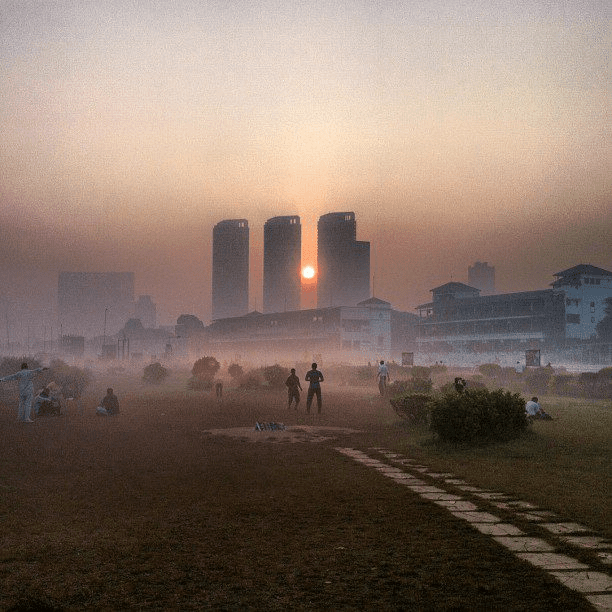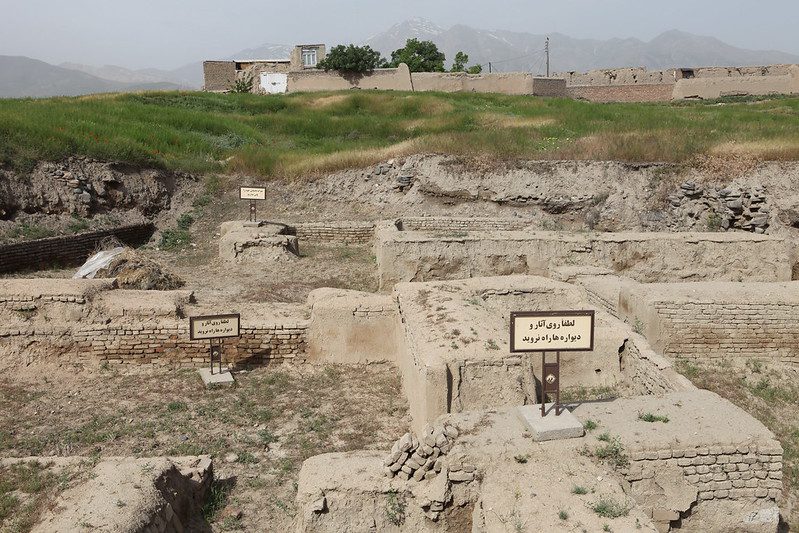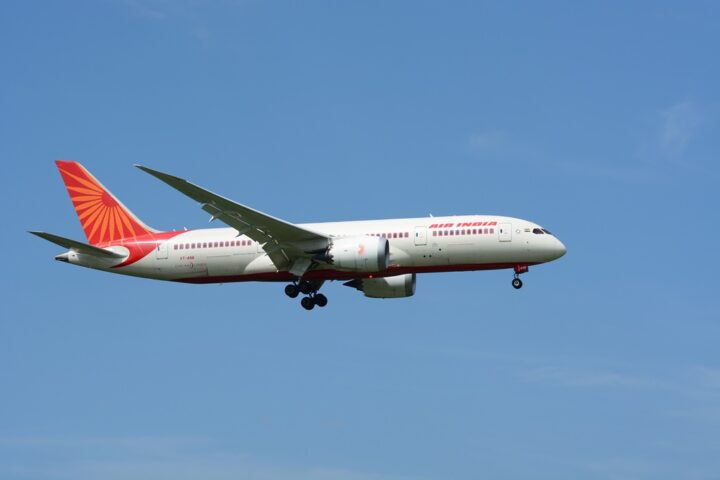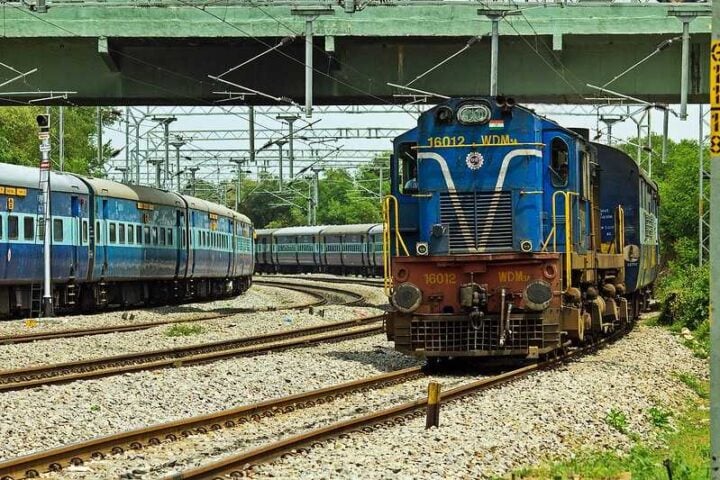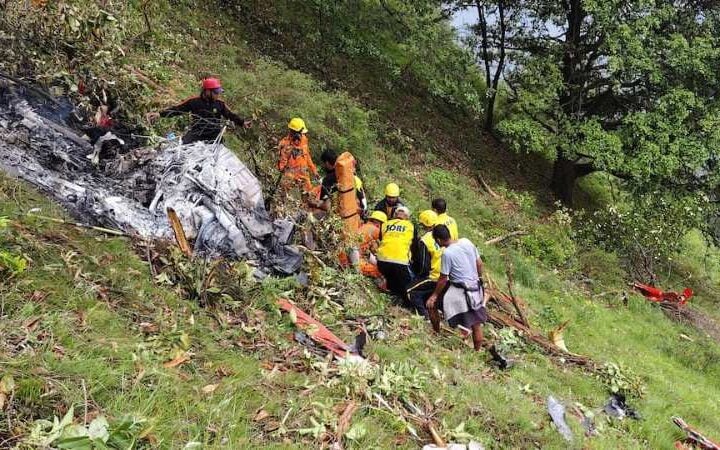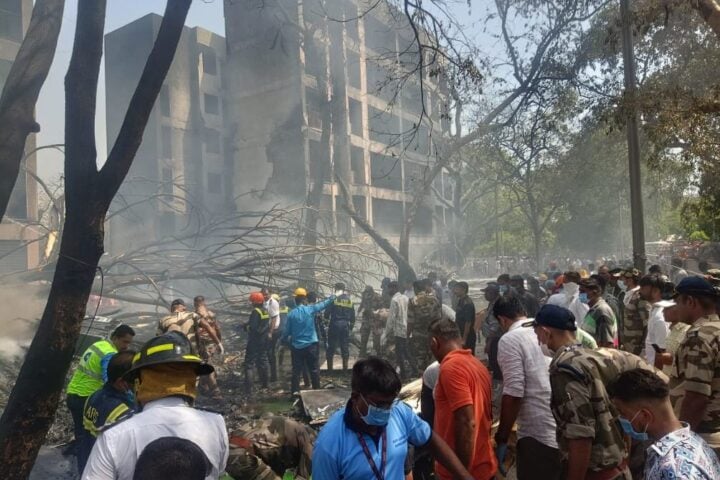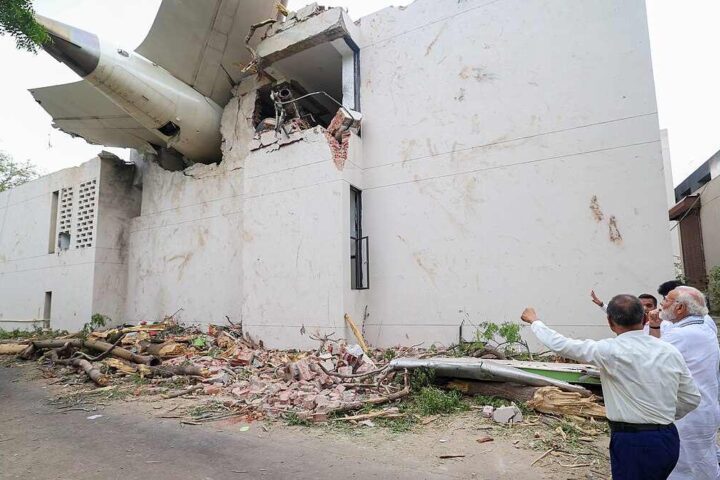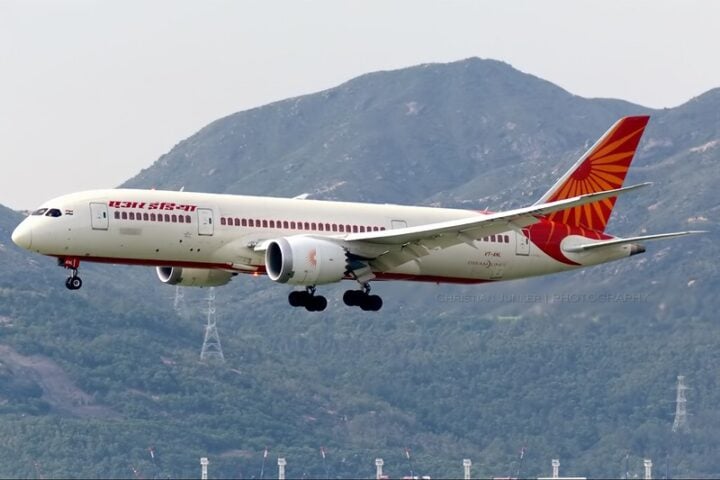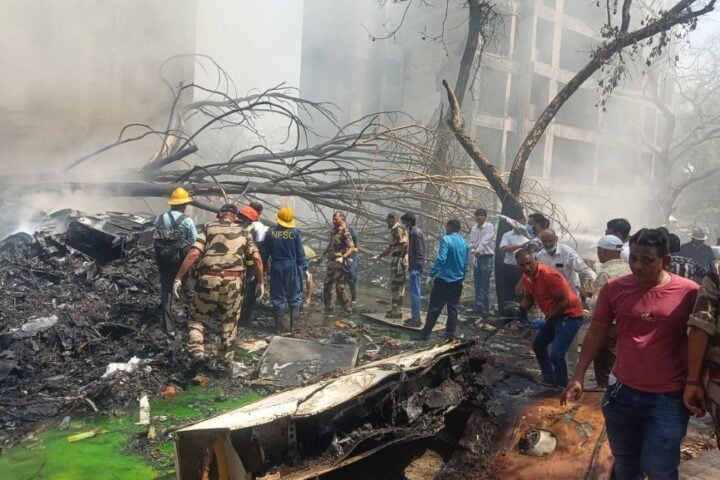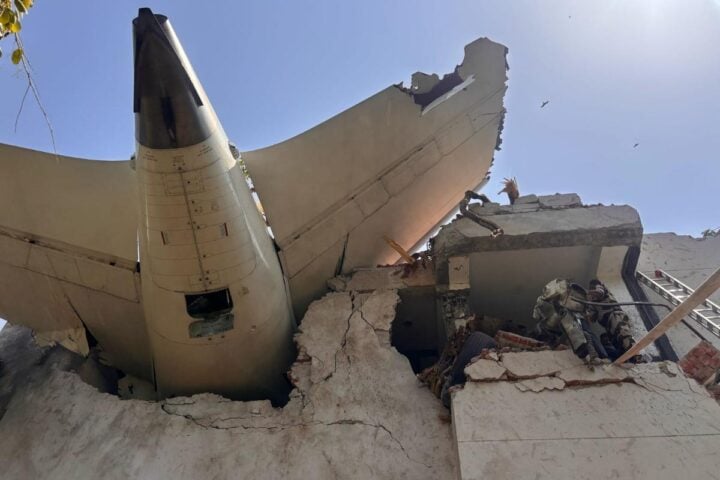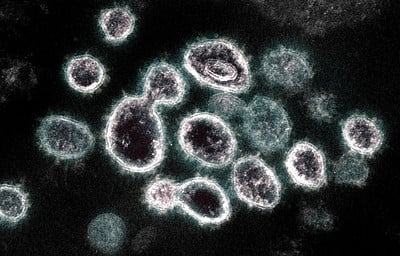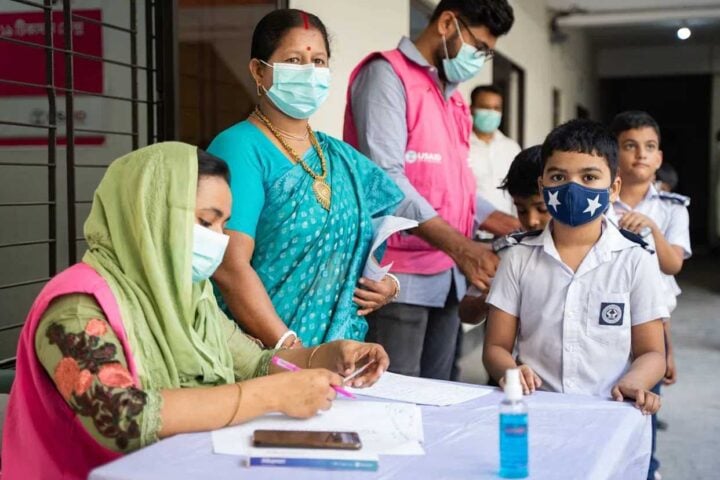Mumbaikars who have been facing unhealthy air quality since November last year, may get some relief this week as the India Meteorological Department (IMD) has predicted the possibility of rainfall between March 6-7 i.e. when the city celebrates Holi. Mumbai city’s Air Quality Index (AQI) on Sunday, 5th March, was worse than Delhi. Mumbai’s AQI was 218 (poor) while Delhi was at 115 (moderate). The civic administration identified four major factors that are adding to Mumbai’s deteriorating air quality. Road and construction dust remain a major contributor while traffic congestion, industries/power sectors, and burning of waste are other contributors. The authorities said that they have initiated plans to curb air pollution, but for the AQI to return to healthier levels, a lot more than just on ground actions will be required.
On rainy days, most, if not all of the common pollutants in the air are washed away, thus improving the air quality. This phenomenon is known as Wet deposition. If the rainfall is somewhere between light to moderate, then the pollutants in the air may most probably be washed away. However, if there is only a light rain drizzle then the moisture will absorb the pollutants and remain in the air, resulting in the further formation of smog. The IMD has predicted cloudy skies with the possibility of thunderstorms and light rain on Monday and Tuesday. According to the System of Air Quality and Weather Forecasting And Research (SAFAR), the city’s air quality will depend on the amount of rainfall the city receives.
The city’s temperature on Sunday morning was recorded at 25.01°C, while the humidity was 68%. As per SAFAR, Mumbai’s AQI by 9 am on Sunday was peaking at 286, putting it in the ‘poor’ category.
The city may be relieved with a temporary drop in temperature due to the upcoming interactions of the westerly winds carrying moisture responsible for rain and the easterly winds responsible for a hot climate. But, after the short relief, higher temperatures and humidity are expected to follow the drizzles and thunderstorms.
The forecasted rain may wash away some pollutants and provide some relief to Mumbaikars. But in the longer run, the city has to set up necessary rules and curbs to maintain a healthy air quality throughout the year. For now, the amount of rainfall will determine if the air pollution will decline or rise.
- Senate’s Student Loan Overhaul Adds 10 Years to Repayment and Caps Graduate Borrowing at $100,000
- AI Chatbots Generate 88% False Health Information When Manipulated, New Study Warns
- Australia Issues Terror Warning for Thailand: 11 Explosive Devices Found in Popular Tourist Areas
- Space Station Crosses Sun During Solar Flare: McCarthy’s ‘Kardashev Dreams’ Photo Stuns Viewers
- Bank of England’s First Major Banknote Redesign Since 1970 Seeks Public Input on £86 Billion Currency
The forecasted rain may wash away some pollutants and provide some relief to Mumbaikars. But in the longer run, the city has to set up necessary rules and curbs to maintain a healthy air quality throughout the year. For now, the amount of rainfall will determine if the air pollution will decline or rise and this might be the only way the air pollution in the city could be reduced.
